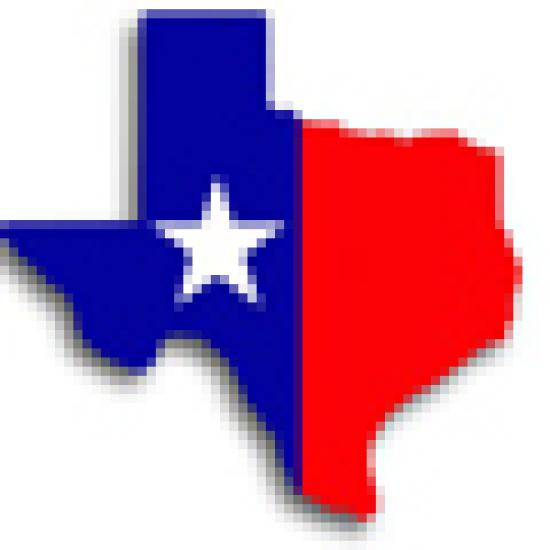
The Texas Bucket List
Within the Texas Treasury Safekeeping Trust Company's $3 billion endowment pool is an interesting lesson in investing, where theories meet practice and new prisms get formed.
Rich Blake
May 14, 2010


